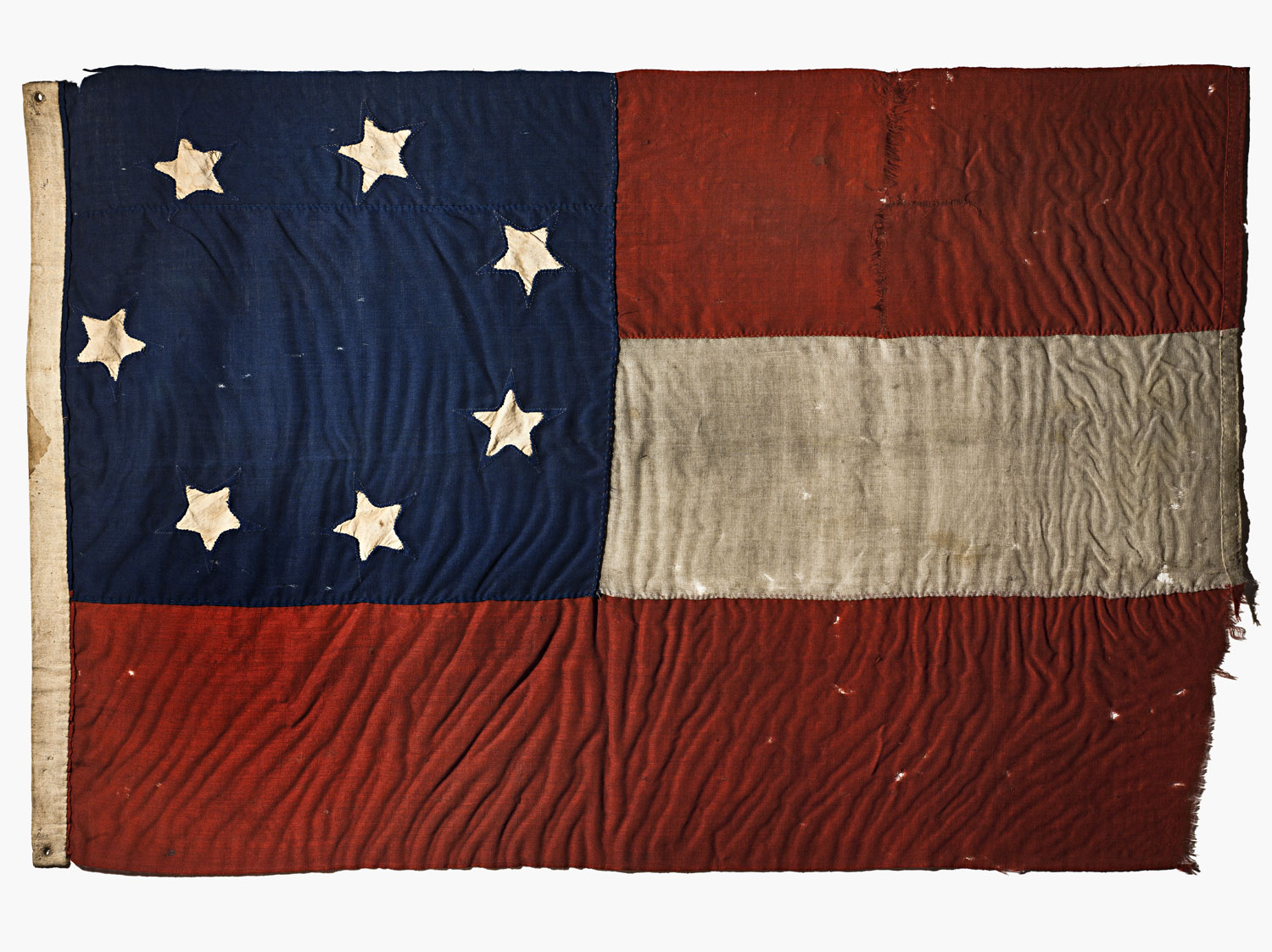
In honor of the 150th anniversary of the U.S. Civil War, TIME sent photographer Henry Leutwyler to The National Civil War Museum in Harrisburg, Pa. to photograph 185 artifacts, from powder horns to playing cards, held in the museum’s collection and curated by Brett Kelley.
The Swiss-born Leutwyler has a talent for making the inanimate feel strangely intimate. His just released book Neverland Lost: A Portrait of Michael Jackson, catalogues the pop icon’s belongings in meticulous detail— including everything from the wear on Jackson’s rhinestone dance shoes to the make-up on his shirt collar.
“An object tells about who owns it,” says Leutwyler. “Take off your watch and look at the back of it. Look at the wear and tear. Look inside the leather strap. It shows if you are right handed or left handed.”
The idea to document pop culture through objects came to Leutwyler seven years ago, when he realized that all of the people he wanted to photograph, such as Andy Warhol and John Lennon, were already dead—but their belongings remained. “I would love to photograph Alfred Hitchcock’s belt,” he says. “The story of his weight loss and gain would be there. Even if he were still alive I would find that more interesting. How many more pictures of him can you look at?”
Leutwyler credits three great influences on his work: Weegee, the American crime scene photographer; fashion and music photographer Art Kane, who once said a good picture was the result of serious research; and photojournalist Robert Capa, who famously declared “If your pictures aren’t good enough, you’re not close enough.”
Leutwyler says he didn’t know much about American history before he shot the Civil War artifacts but was still deeply moved by them. One item, a slave collar, he found particularly disquieting. “It makes you realize that we are just animals,” he says.
Military coats, carefully restored by the museum, brought home the savage nature of the war. “The linings all torn,” Leutwyler points out. “[There are] bloodstains and bullet holes.” When he looked at them, Leutwyler imagined the pain of close combat and the courage it must have taken to fight. “This was people two feet away from each other, slashing at someone until they were dead,” he says.
Leutwyler hopes that when people look at the objects, which includes General Stonewall Jackson’s glove, they may stop and ponder war’s futility.
—Interview by Deirdre van Dyk
See TIME’s commemorative hardcover book The Civil War: An Illustrated History.
See the unabridged electronic version of TIME’s cover story, “Why They Fought,” available exclusively on Amazon.com as a Kindle Single.
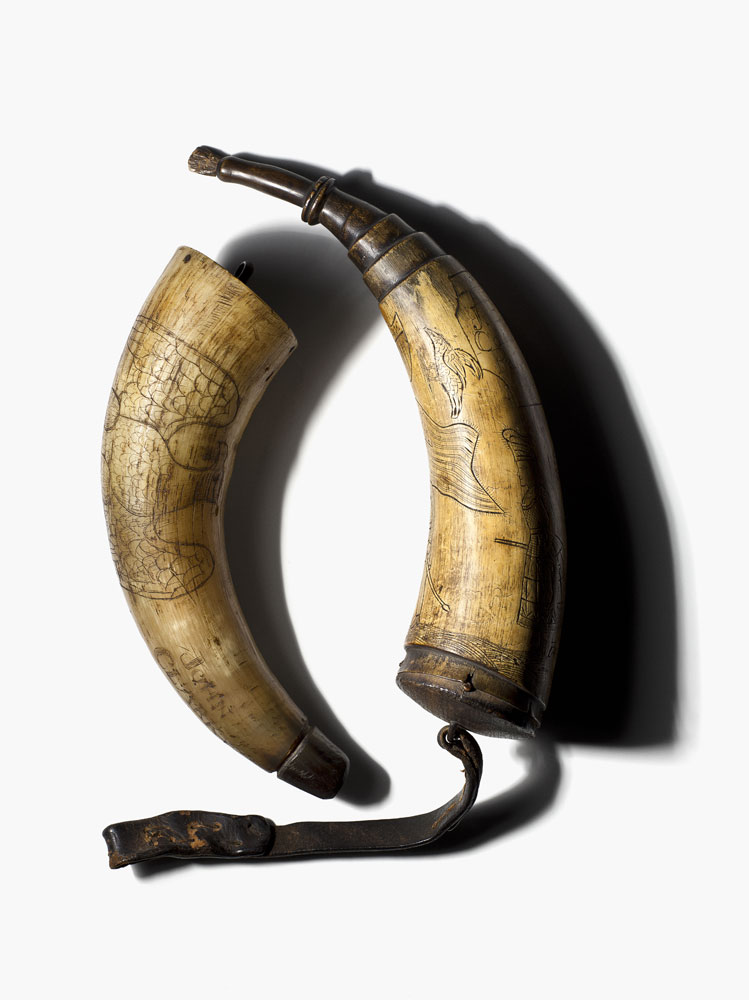


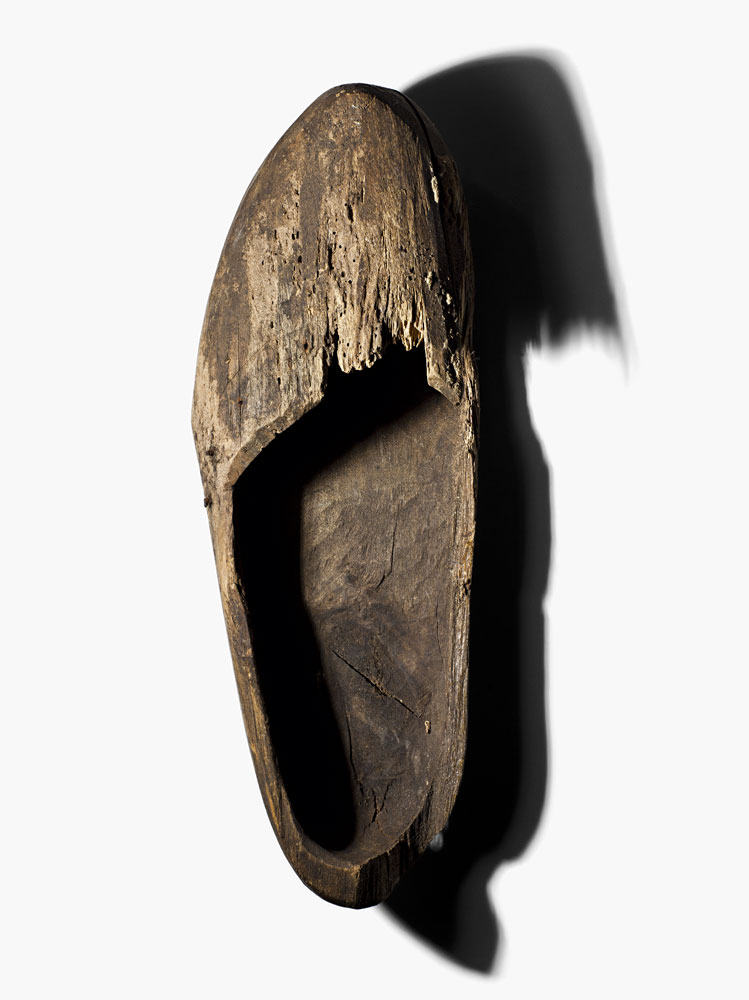
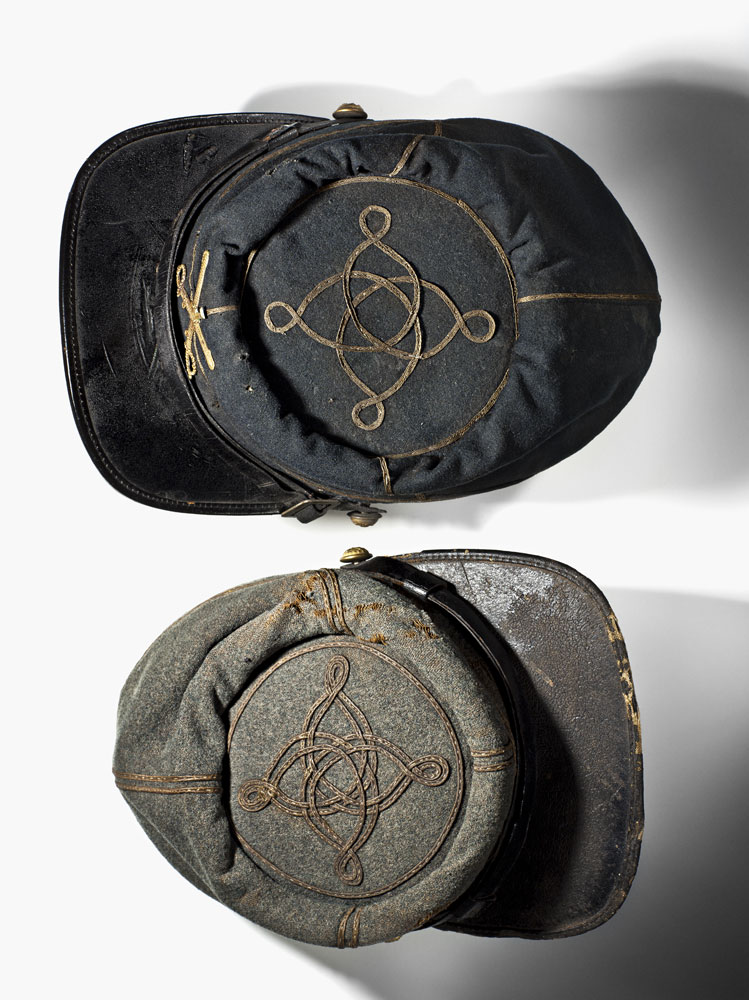
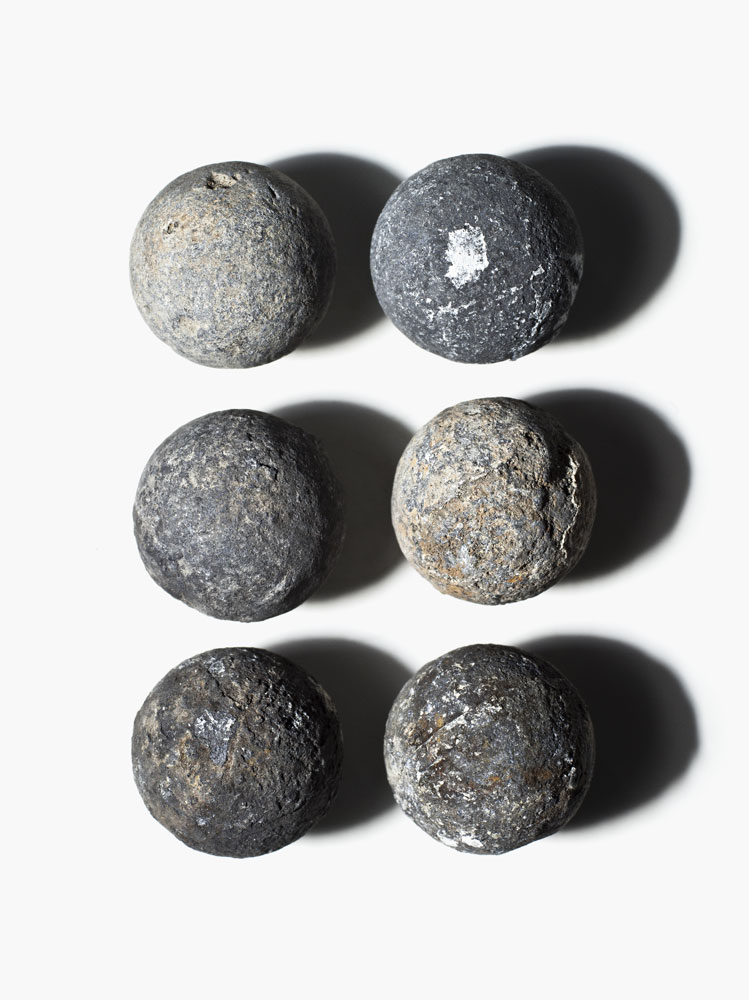

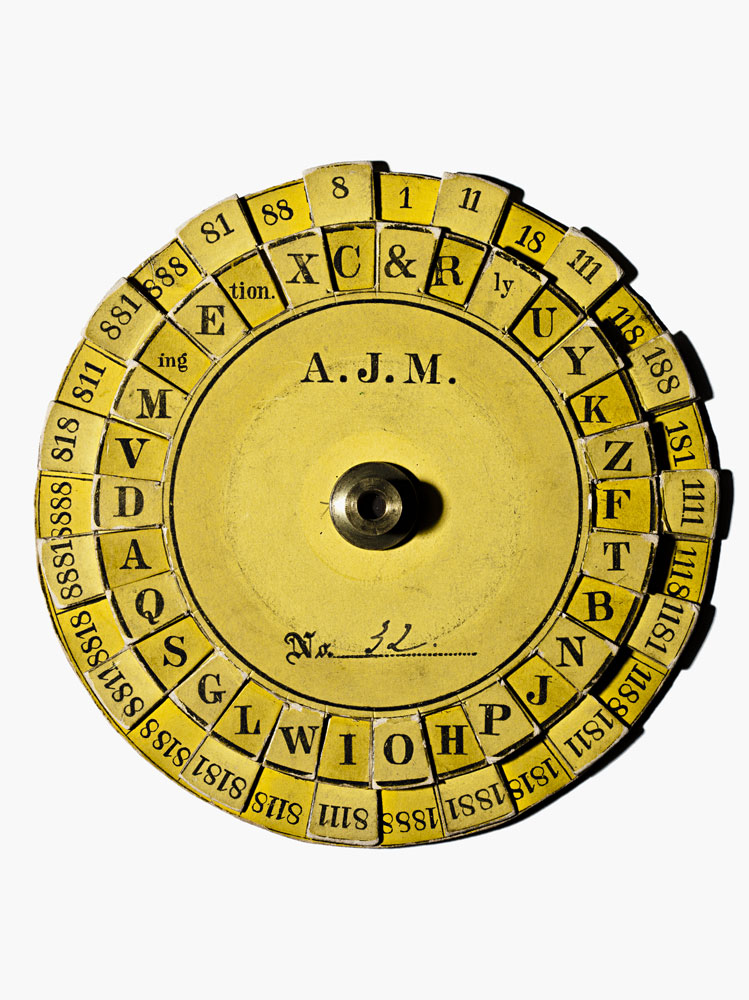

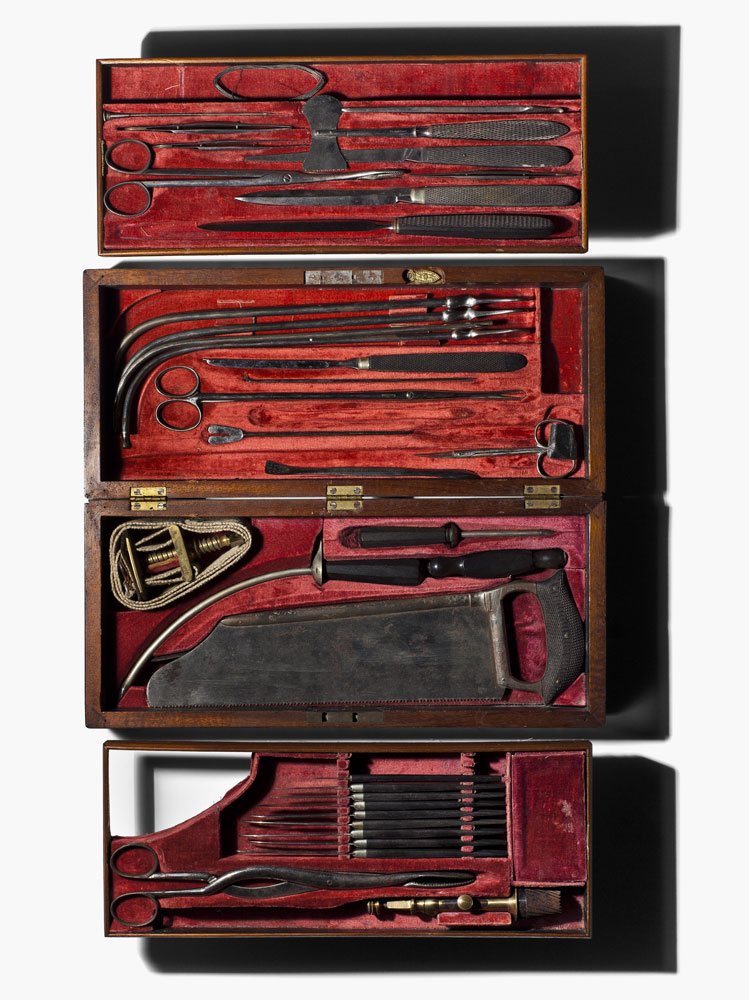



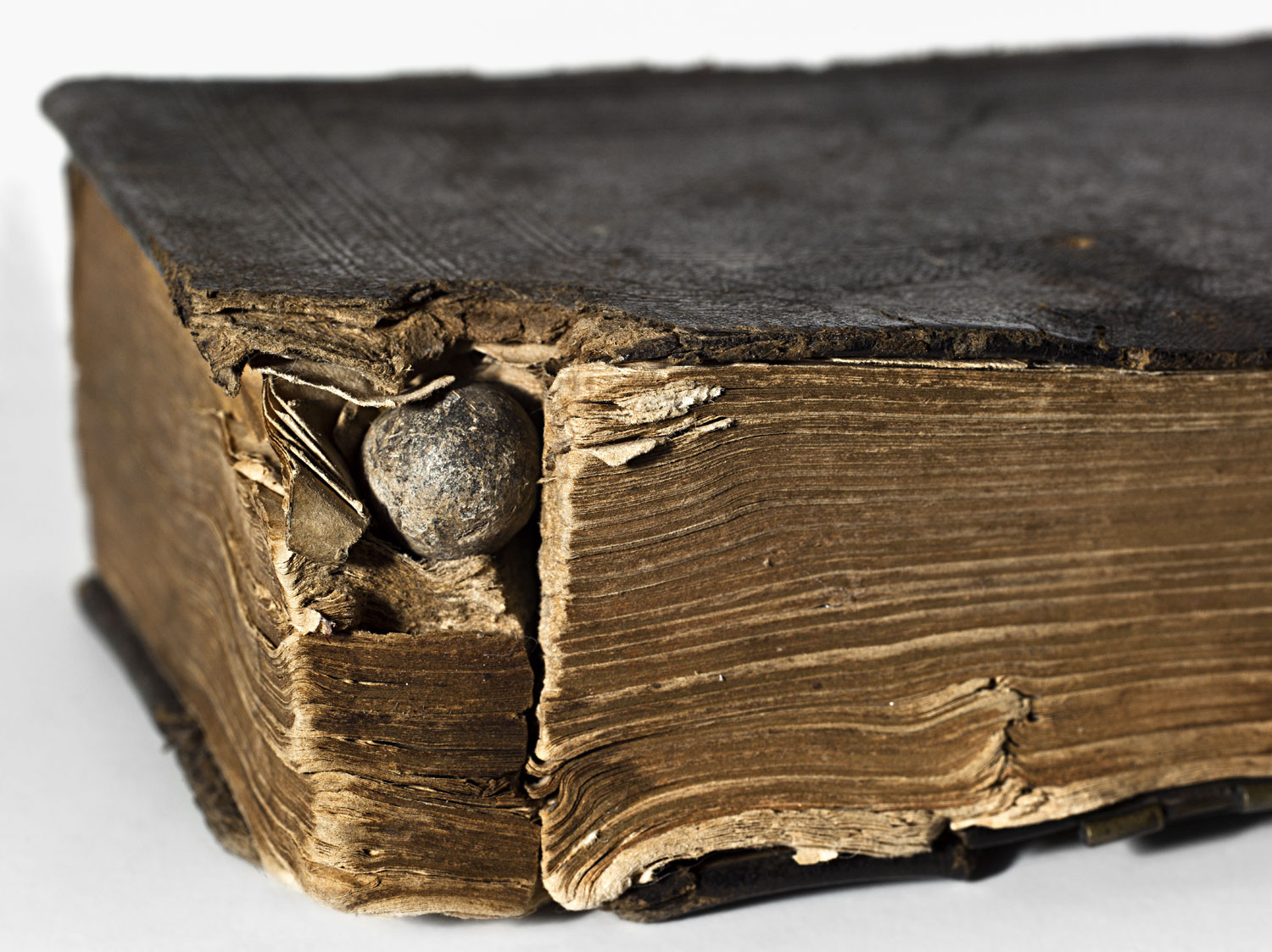
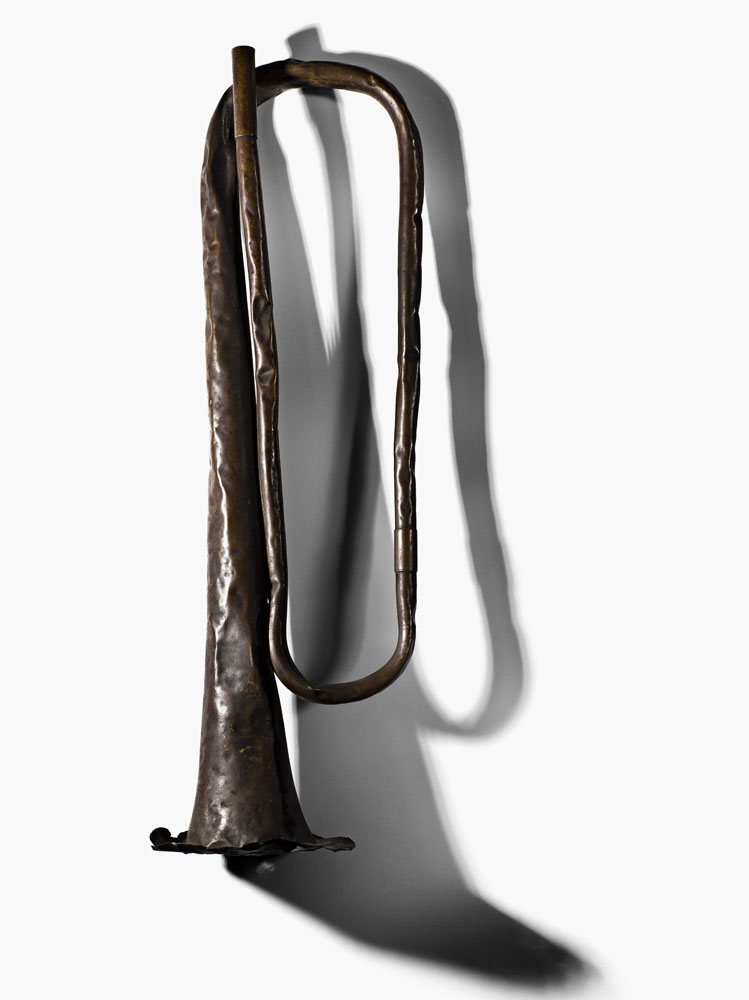
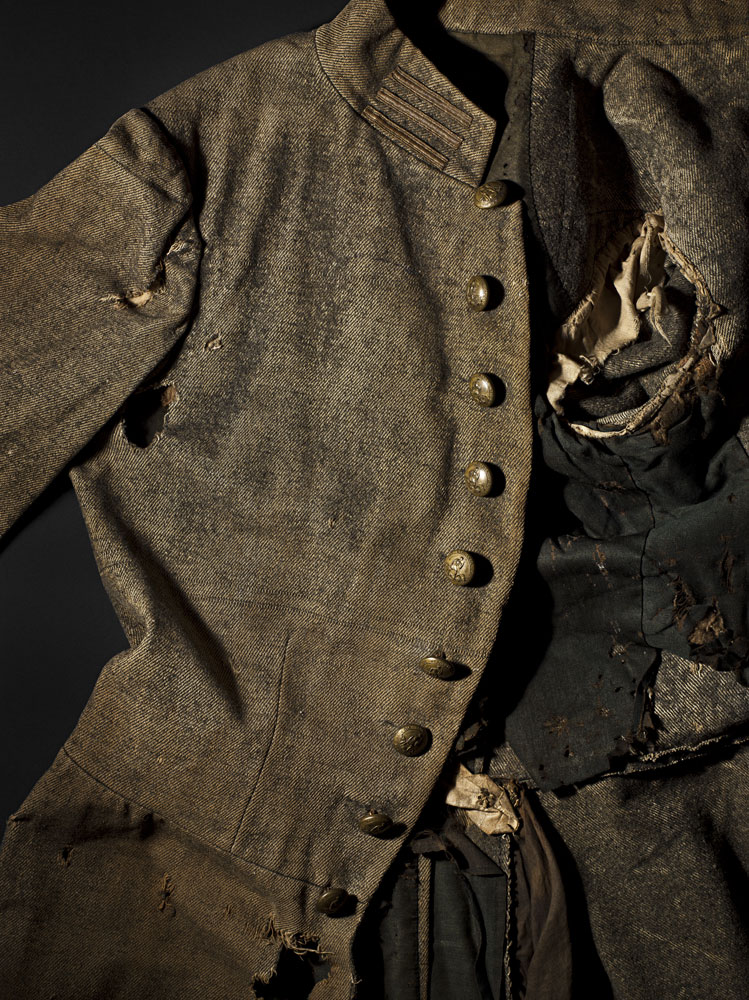
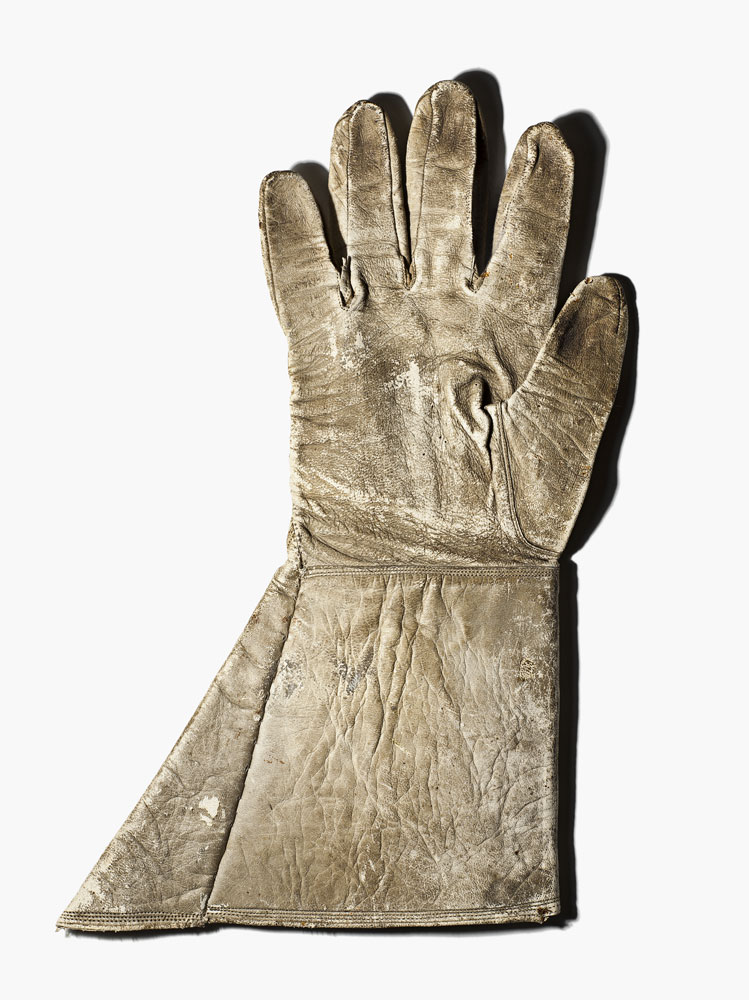
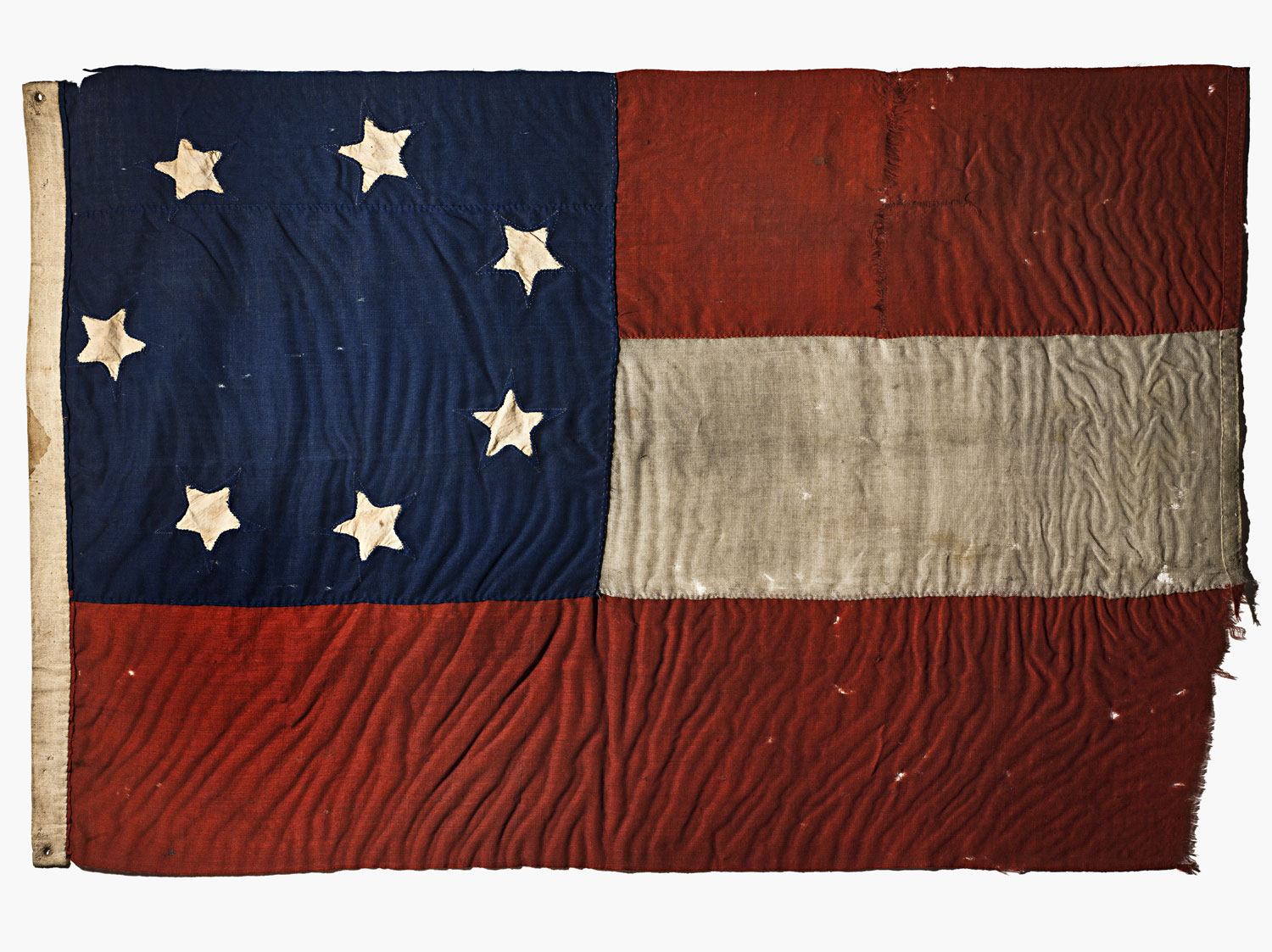
More Must-Reads from TIME
- Inside Elon Musk’s War on Washington
- Meet the 2025 Women of the Year
- The Harsh Truth About Disability Inclusion
- Why Do More Young Adults Have Cancer?
- Colman Domingo Leads With Radical Love
- How to Get Better at Doing Things Alone
- Cecily Strong on Goober the Clown
- Column: The Rise of America’s Broligarchy
Contact us at letters@time.com